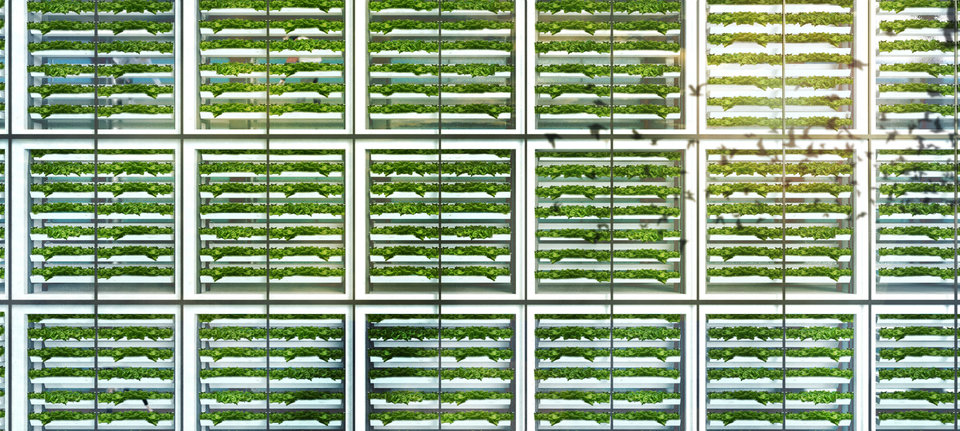Sustainable Energy
Resources & Management
Challenges
- How to deploy geothermal energy as replacement of natural gas and a sustainable energy source for greenhouse horticulture?
- How to sequester carbon dioxide from outside air for plant cultivation, as a sustainable replacement of carbon dioxide produced from fossil fuel?
Background
- Knowledge & Expertise: Geophysics and geochemistry, Geothermal engineering, Material Science,
- Technologies: Modeling of geothermal reservoirs, Numerical simulation, Optimization
- Research history: Design, modeling and engineering of thermal energy conversion systems
Contributions
Most Dutch industry sectors highly depend on cheap fossil fuels (natural gas from Groningen) and the agrifood industry is one of the big energy consumers. The fluctuations in energy prices are a risk for all industry and, together with the excessive amount of CO2 emitted, urge to find sustainable, renewable, stable, local, and low-cost energy sources. In addition, given that natural gas will not be used in the near future, horticulture will no longer have a source of CO2, an essential element in the cultivation of crops.
TU Delft can contribute to the system integration of new technologies, hydrogen transition, geothermal energy and, CO2 demand. The good and extensive natural gas network can serve as an excellent infrastructure for hydrogen. Geothermal energy can produce and store thermal energy and become useful in agrifood industry.
Within this theme, TU Delft can help the industry by designing and optimizing a custom-made geothermal system for (individual) energy demand and as replacement of natural gas and sustainable energy source for greenhouse horticulture. In addition, our research and development of methods to extract CO2 on an energy-neutral basis from the outside air can be used as an alternative and necessary source of carbon dioxide for plant cultivation. Both developments can greatly contribute to sustainably meet the energy demand of horticulture.








